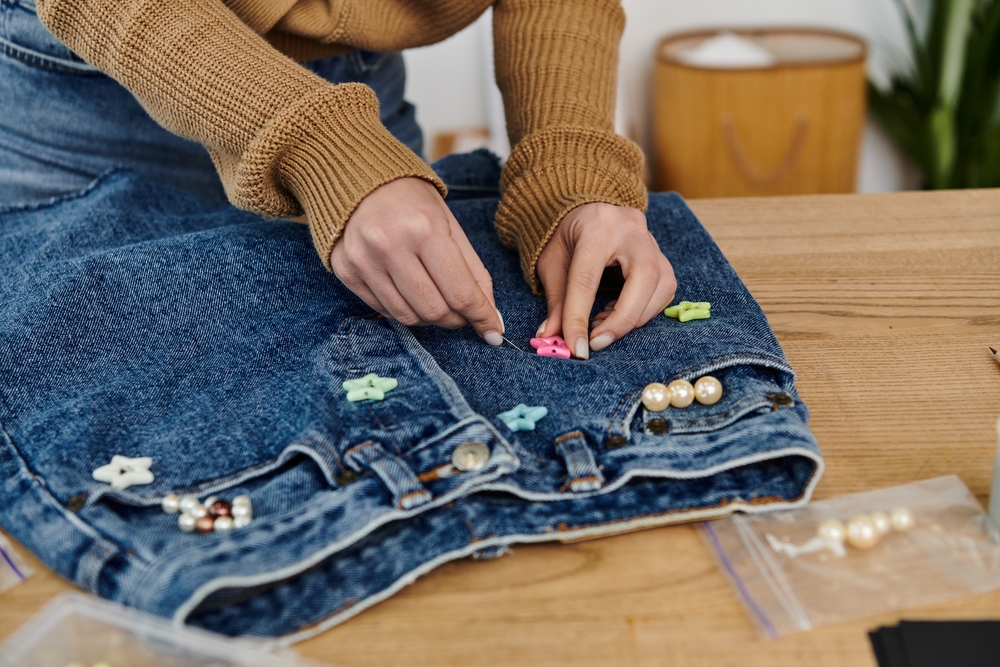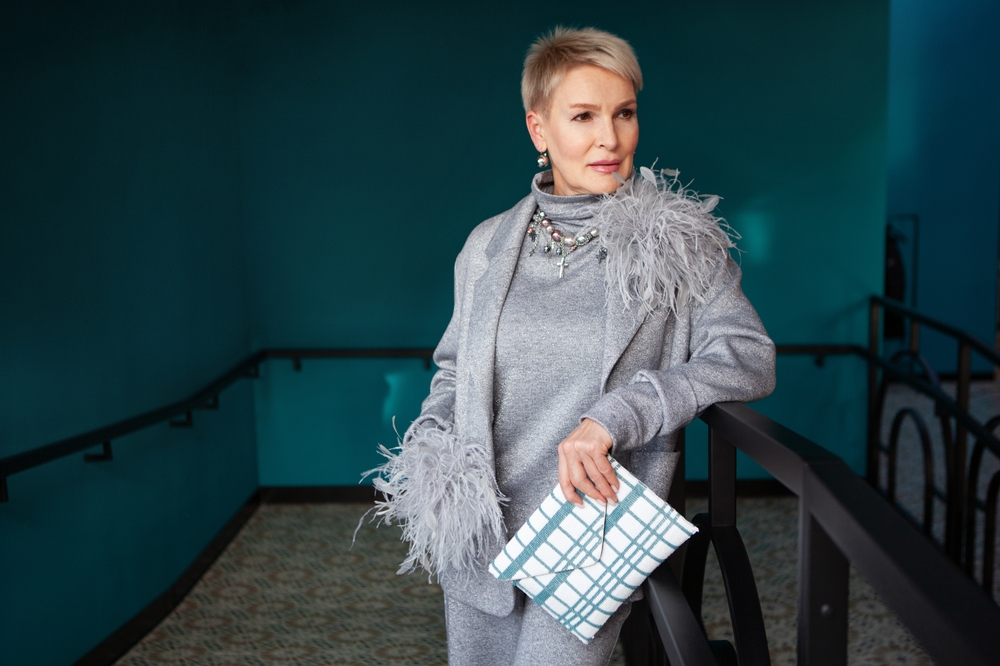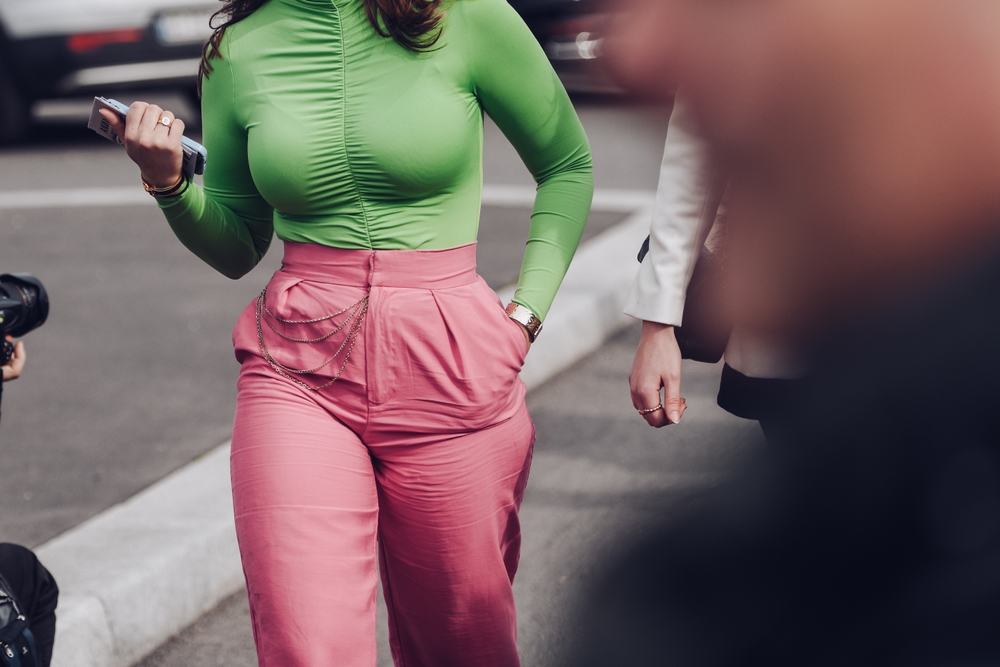Menopause ushers in a host of unexpected physical and emotional changes that can impact your fashion choices and beauty routine. From fluctuating hormones to changing skin and body shape, it’s important to adapt your wardrobe and beauty practices to stay comfortable and confident. Here are 15 ways menopause can affect your style, along with tips to help you navigate this major life transition.
1. Master Layering for Hot Flashes
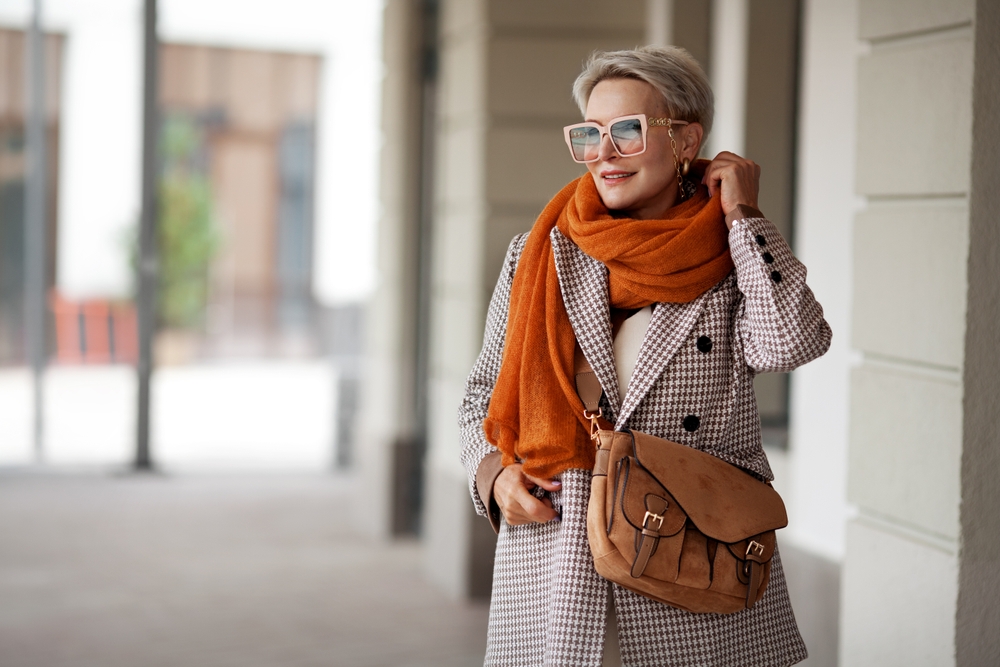
Hot flashes are a common (and very annoying) symptom of menopause. Because it’s impossible to know when these annoying flashes will strike, it’s important to dress in layers. This allows you to easily remove or add clothing as your body temperature fluctuates, keeping you comfortable throughout the day. For example, try layering a knitted cardigan over a tank top so that when you feel a hot flash, you can quickly cool down. A scarf will also be your new best friend.
2. Drier Skin Needs Extra Moisturization
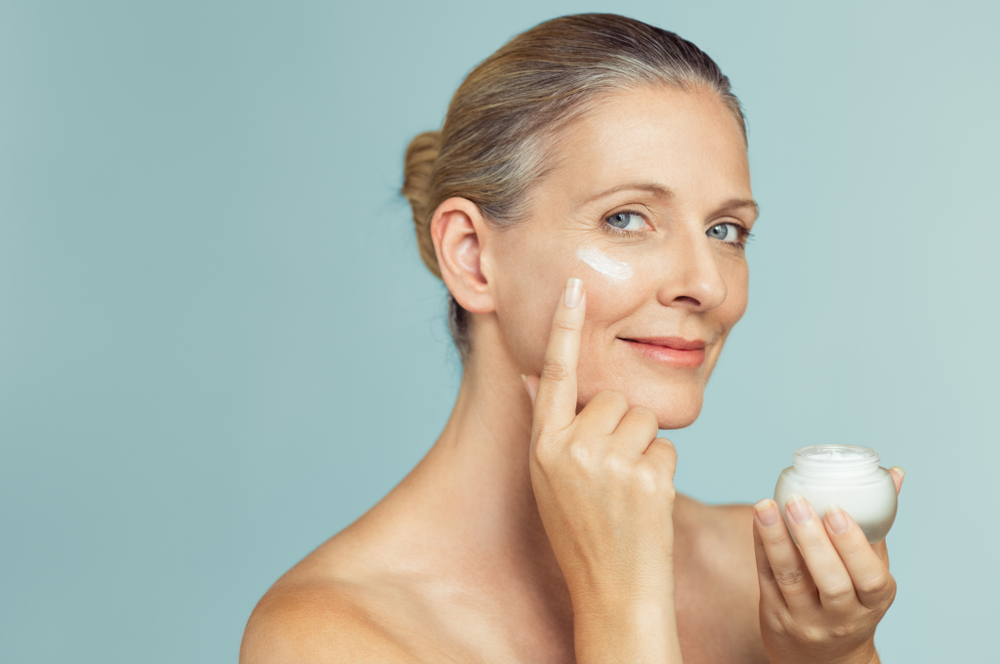
When you go through menopause, your skin will start to become drier. This is because you’re experiencing decreased estrogen levels. You’ll need to start switching to richer moisturizers and hydrating serums that help lock in moisture and keep your skin looking plump and smooth. And keep up your daily intake of H20, you need to drink 2.7 liters of water a day to keep your body and skin well-hydrated.
3. Hair Loss Calls for Volumizing Haircuts
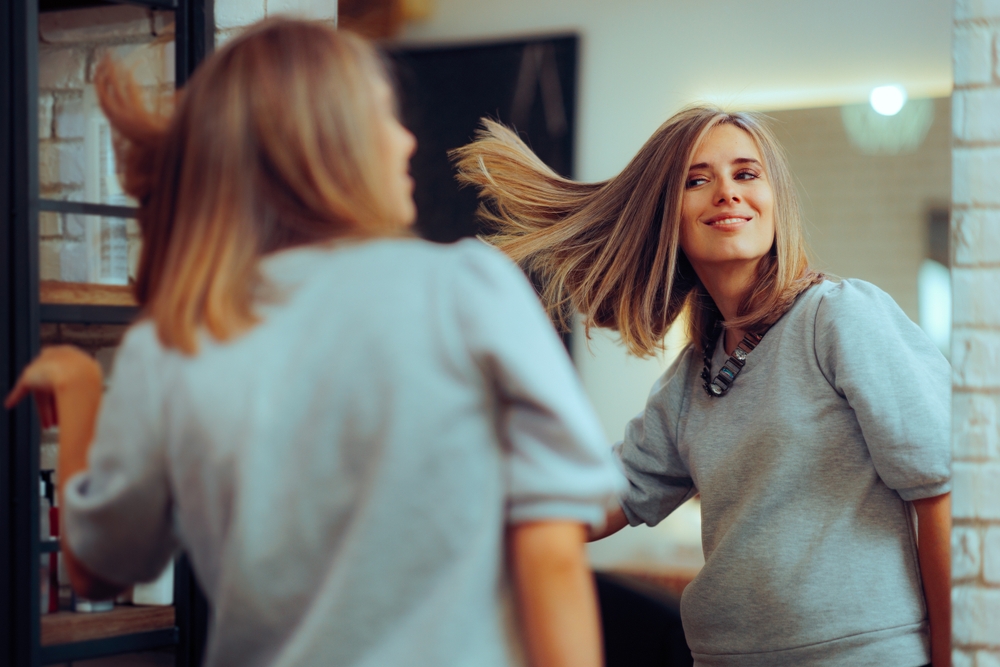
Menopause can lead to thinning hair, so you may need to switch up your hairstyle. Though it might be hard to deal with these changes, try looking at it as a fun opportunity to try something new out. Opt for haircuts that add volume, such as layered cuts and shorter lengths, and use volumizing products to give your hair a fuller appearance.
4. Invest in Breathable Fabrics
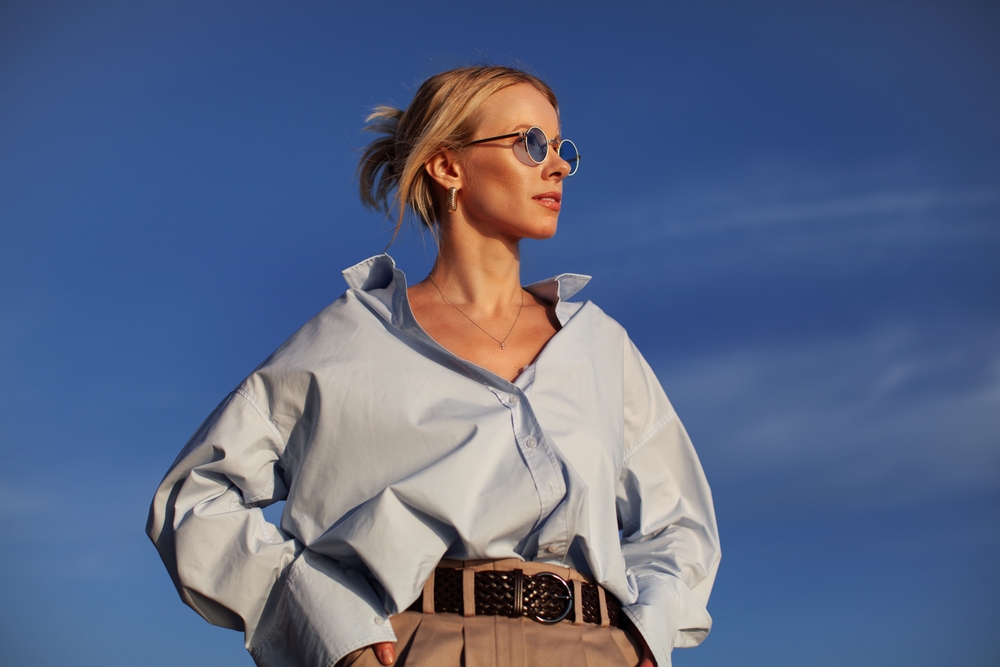
With the increased likelihood of sweating during menopause, it’s wise to invest in breathable, moisture-wicking fabrics. Say goodbye to sweaty polyesters and viscose and hello to cotton, linen, and other natural fibers that can help keep you cool and comfortable, especially during hot flashes. They are also more stylish than cheap, nasty synthetics.
5. Lips Need Extra Care
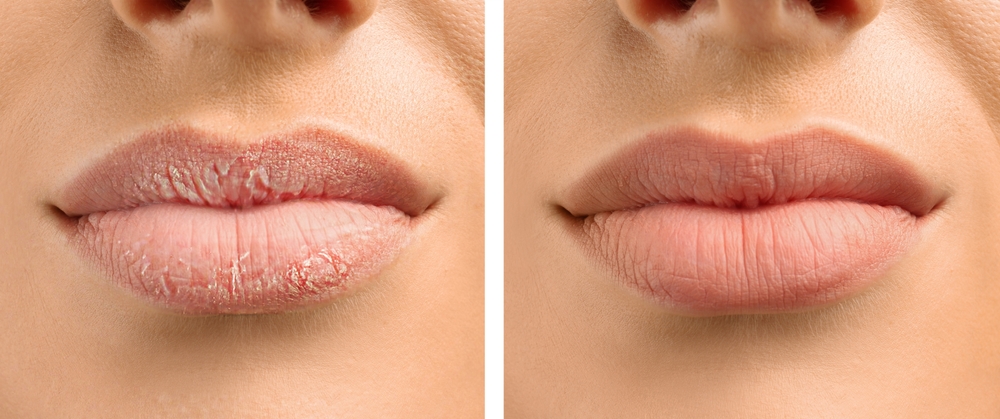
Menopausal dryness isn’t just limited to your skin… it can also affect your lips, too. And down there. If you’ve noticed you’re suffering from dry, chapped lips, then it’s time to work a hydrating lip balm into your beauty routine to prevent chapping and keep your lips soft and supple. And again, don’t forget to get your daily fill of water.
6. Choose Comfortable Shoes for Swollen Feet
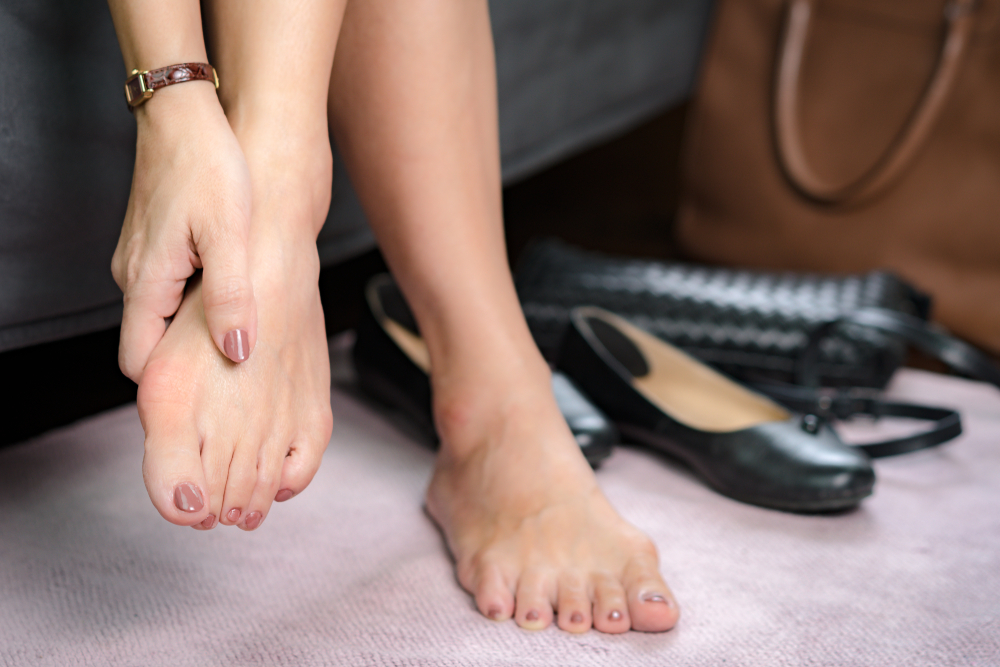
Hormonal changes cause your feet to swell to uncomfortable sizes, making your usual shoes feel smaller and more painful to wear. Switch to shoes with adjustable straps or wider widths to accommodate any swelling and ensure you stay comfortable throughout the day. This doesn’t mean you need to sacrifice style; it means you just need to adapt to the kind of shoes you wear. A chic loafer, a mid-stacked heel instead of a stiletto, a cute ballet flat, or even a dressy sneaker all belong in a menopausal wardrobe.
7. Eyebrows May Need Extra Definition
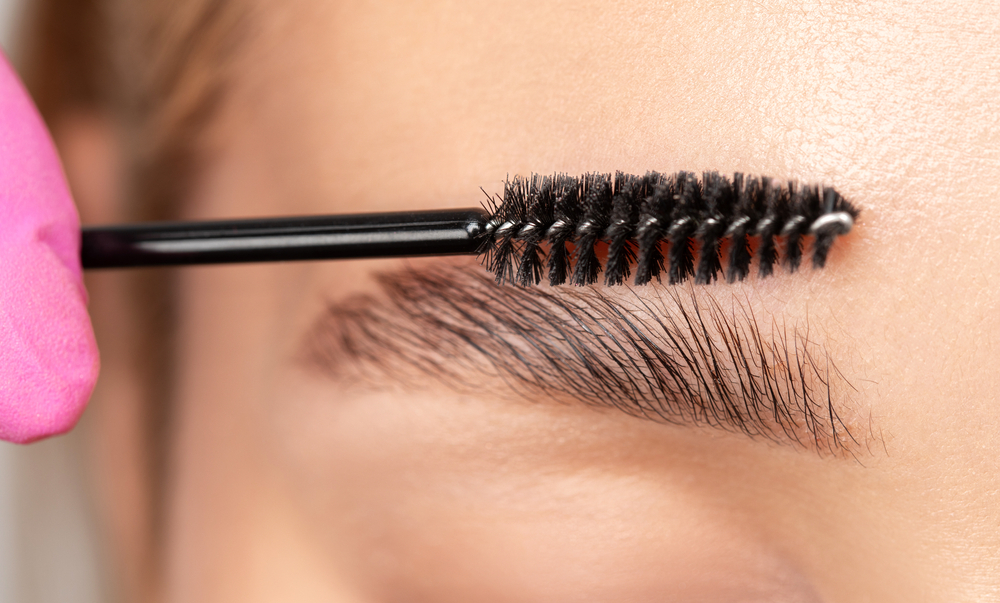
During menopause, hair will start to thin, not just on your head but also in your eyebrows. This can mess with your confidence, but don’t fret—you can cheat your way to a fuller back. Consider using eyebrow pencils, powders, or gels to fill in sparse areas and create a more defined, youthful look. A well-defined brow will open up your eye area and frame your face.
8. Go for Lightweight Foundations
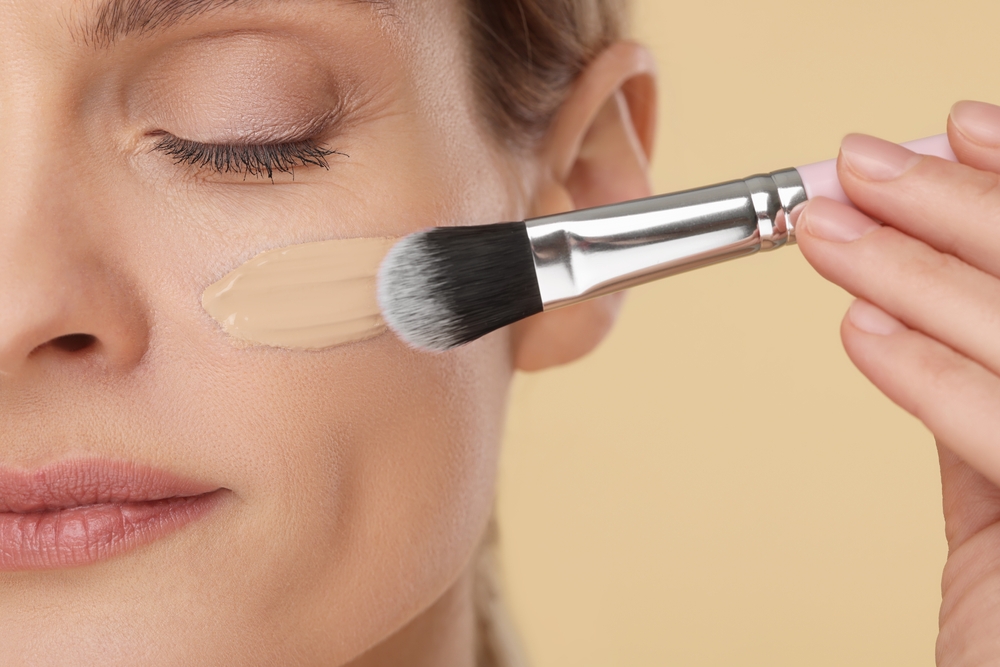
As your skin changes, heavier foundations can dry out the skin and make it look dull. Not only that, matte silicone-based foundations are prone to settling into fine lines and wrinkles and exacerbating dry spots. Opt for lightweight, water-based hydrating foundations with a more satin texture. Or BB creams that provide coverage without looking harsh or cakey or emphasizing dryness and aged signs.
9. Prioritize Comfort Without Sacrificing Style

With increased sweating and sensitivity, breathable and moisture-wicking clothing and undergarments become essential. Look for clothes and underwear that are made from natural fibers like cotton and linen to help keep you dry and comfortable through hot flashes and sweats. Less structure is also more comfy, so embrace polished yet slightly slouchy button-down shirts to look polished without feeling restricted.
10. Add Anti-Aging Products to Your Skincare Routine
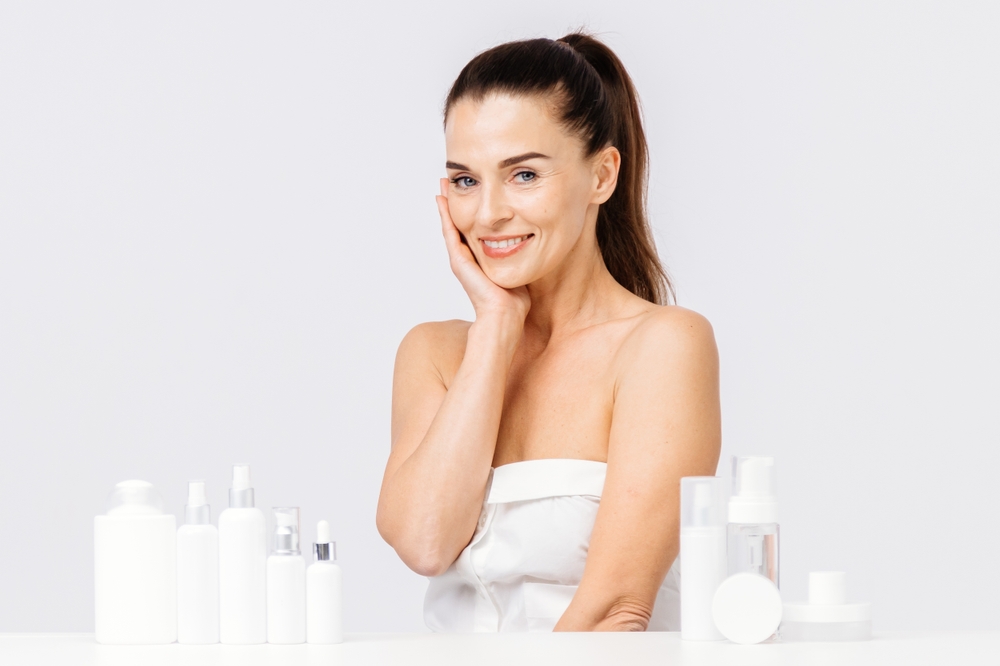
Menopause accelerates the aging process, so it’s time to incorporate anti-aging products into your skincare routine. Look for ingredients like retinol, peptides, and hyaluronic acid to help combat wrinkles and maintain skin elasticity. Not only this but switch to heavy moisturizers and balms that can help you fight against dry skin, too. And keep up exfoliation to remove dead skin cells and promote healthy cell turnover.
11. Opt for Darker Colors to Mask Sweat

During menopause, you’re going to be sweating more than what you like. Darker clothing can help conceal sweat stains. Deep shades like navy, black, and charcoal not only look chic but also help you feel more confident during hot flashes.
12. Protect Sensitive Eyes with Sunglasses

Your eyes are already an extremely sensitive area of your face, but menopause can cause even more sensitivity in your eyes due to dryness. Make sure to wear sunglasses that offer UV protection whenever you’re outside to prevent discomfort and protect your eyes from further irritation. In addition, add a firming eye cream to restore moisture around the eye and protect it from lines and irritation.
13. Rethink Your Eye Makeup
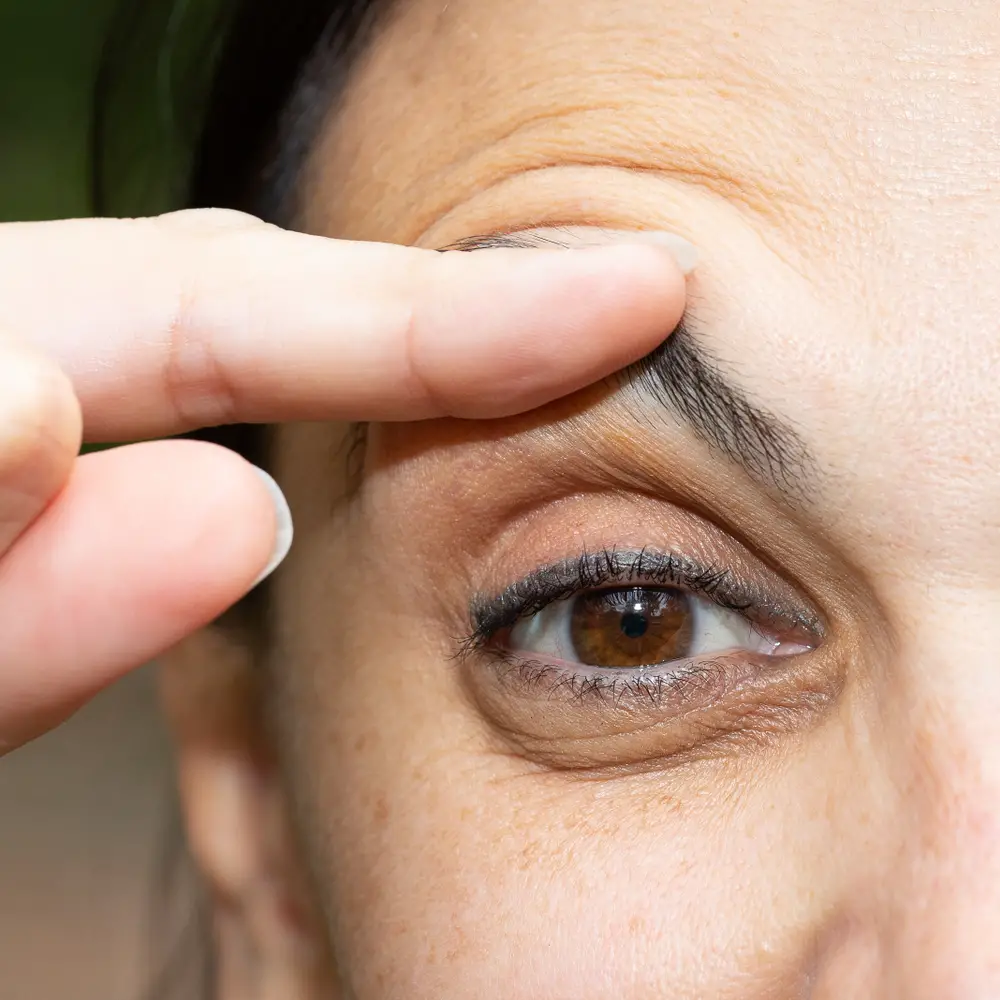
Because your eyes become much more sensitive during menopause, not only should you wear glasses and eye cream, but you’ll also need to change how you do your eye makeup. For example, doing thick, winged liquid eyeliner might be harder as the skin around your eyes loses its elasticity. Similarly, heavy eyeshadow and mascara that require a lot of scrubbing to get off may burn and irritate the already delicate skin around the eye, too. Your eyelids also begin to droop, so you don’t want to draw too much attention to your eye area.
14. Avoid Complicated Outfits
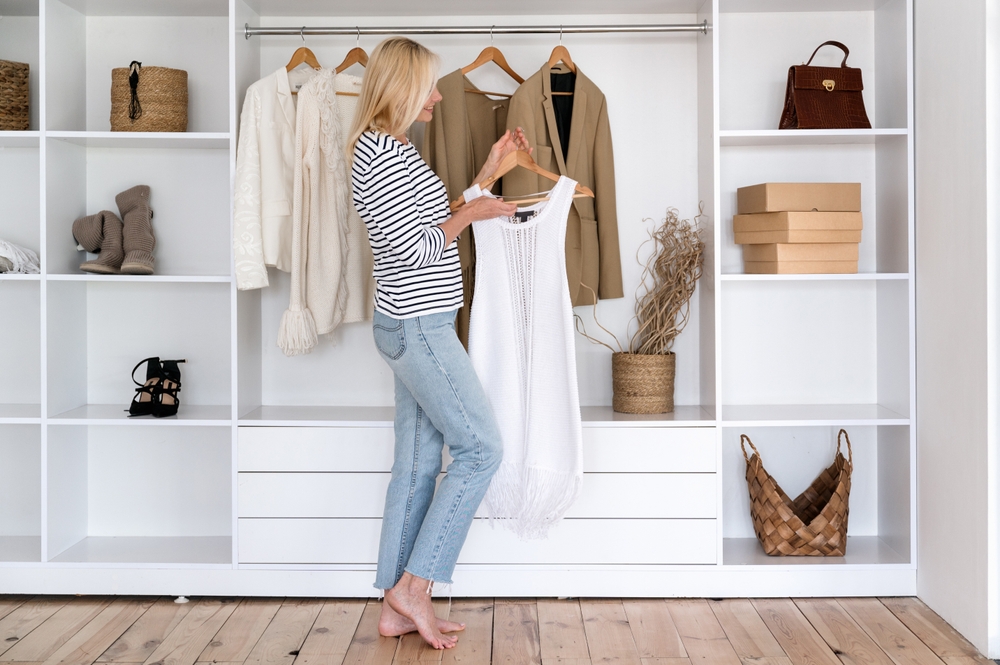
Fussy, complicated outfits add unnecessary stress and discomfort and can ruin your day when you’re dealing with hot flashes or mood swings. Streamline your wardrobe and avoid outfits with too many layers, tight belts, or complicated closures and details to take the hassle out of dressing. Sheer and synthetic fabrics don’t breathe well and are less forgiving when it comes to sweat stains or highlighting areas you might not want to draw attention to. Natural fabrics and effortless pieces that can be mixed and matched are key.
15. Add Collagen Supplements for Skin Elasticity
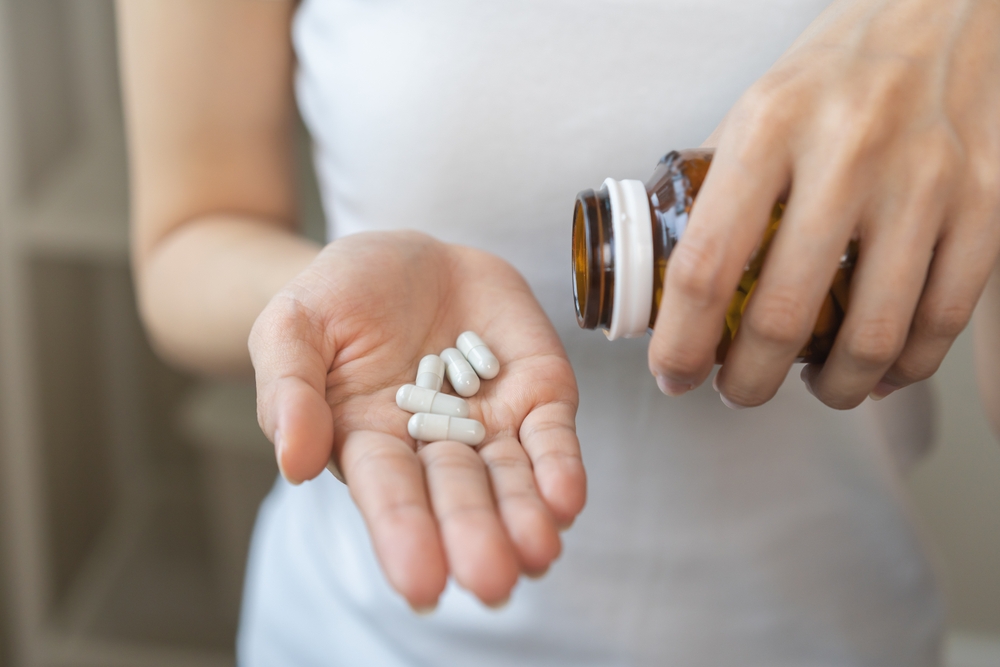
Menopause messes with your body in a number of ways, but its most annoying side effect is dehydrating the skin and breaking down its elasticity. You can thwart this by taking collagen supplements that can help support skin elasticity and hydration during menopause. Incorporate them into your daily routine to help maintain a youthful complexion and combat the effects of aging. You can also add a daily collagen powder to your morning glass of water or smoothie.

